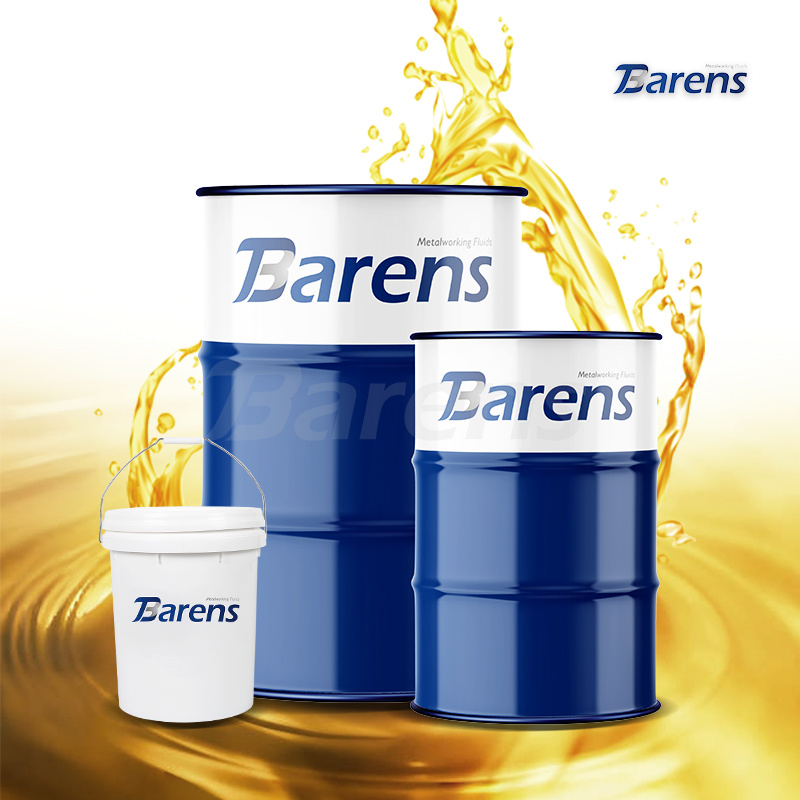The Essential Guide to Metal Cutting Lubricants: Enhancing Efficiency and Precision in Industrial Applications
Apr 09,2025

The primary function of a metal cutting lubricant is to minimize friction between the cutting tool and the material being machined. High levels of friction can lead to excessive heat generation, which not only affects the quality of the machined surface but also shortens the lifespan of cutting tools. By applying the appropriate lubricant, manufacturers can keep temperatures in check, ensuring that tools maintain their sharpness and performance.
There are two main categories of metal cutting lubricants: soluble and neat oils. Soluble oils are typically a mixture of water and oil, offering cooling properties while providing adequate lubrication. These are often favored for operations that generate significant heat, such as milling and drilling. Neat oils, on the other hand, are used in situations requiring superior lubrication without the need for water. They are primarily employed in high-precision machining tasks, such as grinding, where the focus is on surface finish and tool life.
When selecting a metal cutting lubricant, several factors should be considered. The nature of the material being machined, the cutting conditions, and the type of machining operation all play crucial roles in determining the most suitable lubricant. Additionally, the environmental impact of the lubricant should not be overlooked. Many manufacturers are now opting for eco-friendly cutting fluids that minimize harmful effects on health and the environment.
Best practices for using metal cutting lubricants include proper application techniques, regular monitoring of fluid condition, and maintaining appropriate concentrations. Ensuring that the lubricant is applied evenly can help achieve optimal results. Furthermore, periodic checks on the lubricant's effectiveness can prevent issues such as excessive foaming or contamination, which could compromise machining performance.
In conclusion, metal cutting lubricants are indispensable in modern industrial machining processes. By understanding their functions, types, and application techniques, professionals can enhance operational efficiency, improve tool longevity, and achieve superior surface finishes. As the industry continues to evolve, staying informed about advancements in lubricant technology will be key to maintaining a competitive edge.
Contact Us
E-mail:
Weihao@barens.cn
Mobile/Wechat/Whatsapp:
+(86)18595692582
Address:
No.9, Industrial Zone, Wangqu Village, Qinyang City, Jiaozuo City, Henan Province, China
TEL: +86 037186158618
Fax number: +86371-86158608
Contacts: Davi
Mobile/Wechat/Whatsapp: (+86)18595692582
Email: weihao@barens.cn
Contacts: Doris
Mobile/Wechat/Whatsapp: (+86)18211801290
E-mail: Doris@barens.cn
Address:No.9, Industrial Zone, Wangqu Village, Qinyang City, Jiaozuo City, Henan Province, China
Website construction: 300.cn | SEO | Digital card
This site supports IPV4/IPV6 access
COOKIES
Our website uses cookies and similar technologies to personalize the advertising shown to you and to help you get the best experience on our website. For more information, see our Privacy & Cookie Policy
COOKIES
Our website uses cookies and similar technologies to personalize the advertising shown to you and to help you get the best experience on our website. For more information, see our Privacy & Cookie Policy
These cookies are necessary for basic functions such as payment. Standard cookies cannot be turned off and do not store any of your information.
These cookies collect information, such as how many people are using our site or which pages are popular, to help us improve the customer experience. Turning these cookies off will mean we can't collect information to improve your experience.
These cookies enable the website to provide enhanced functionality and personalization. They may be set by us or by third-party providers whose services we have added to our pages. If you do not allow these cookies, some or all of these services may not function properly.
These cookies help us understand what you are interested in so that we can show you relevant advertising on other websites. Turning these cookies off will mean we are unable to show you any personalized advertising.
SAF Coolest v1.3.1.2 设置面板 GAGSD-AGYF-JAAAE-ADE
无数据提示
Sorry, the current column is being updated, please look forward to it!
You can view other columns or returnHome Page



